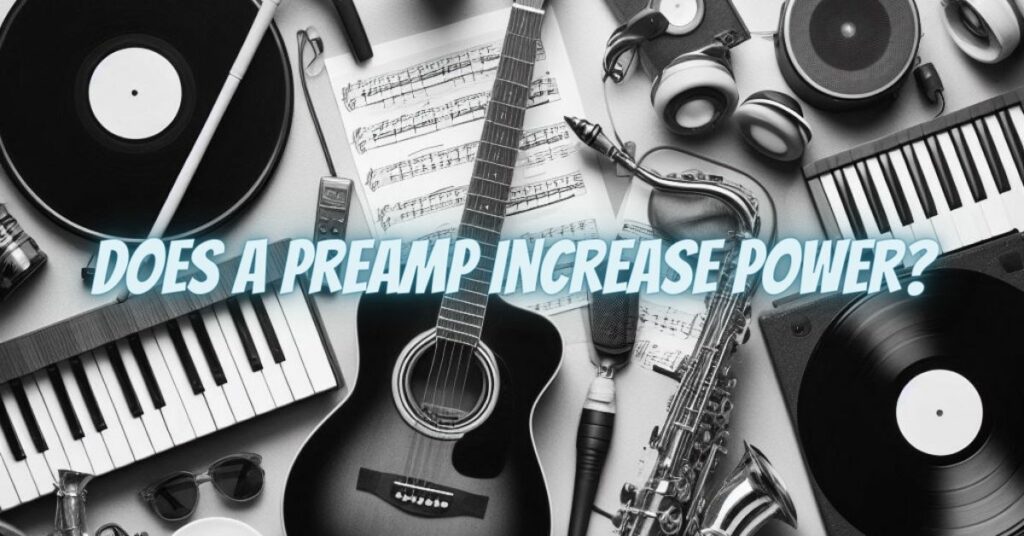In the realm of audio engineering, preamps play a crucial role in shaping the sound of recorded music and live performances. Often misunderstood as simply volume boosters, preamps serve a more nuanced purpose, amplifying and shaping the delicate signals from microphones and instruments before sending them to power amplifiers or recording devices. While power amplifiers are responsible for providing the final muscle to drive speakers, preamps lay the foundation for the sonic character of the audio signal.
The Amplification Process: From Microscopic to Mighty
When a sound wave strikes a microphone’s diaphragm, it generates a tiny electrical signal. This signal, on the order of microvolts or even millivolts, is far too weak to drive speakers directly. The preamp’s primary function is to amplify this signal, typically by a factor of 50 to 100 times, making it strong enough to be processed by the power amplifier.
Beyond Amplification: Shaping the Tonal Palette
Preamplifiers not only boost the signal strength but also shape its tonal characteristics. This is achieved through equalization (EQ) controls, which allow for adjusting the balance of frequencies across the audio spectrum. For instance, a preamp’s EQ can be used to enhance the low-end warmth of a vocalist’s voice or accentuate the high-end sparkle of an acoustic guitar.
The Impact of Preamp Design on Sonic Character
The design of a preamp significantly influences its sonic character. Different preamp types, such as tube preamps and solid-state preamps, impart their unique tonal signatures to the signal. Tube preamps are known for their warm, rich sound, while solid-state preamps offer a versatile range of sounds from clean to distorted. Additionally, the circuitry components and topology of a preamp can further shape the tonal palette.
Preamp Power and Power Amplifiers: A Distinct Distinction
It is important to distinguish between preamp power and power amplifier power. Preamp power is typically measured in watts, but it does not directly correspond to the output power of the speakers. The power amplifier is responsible for providing the final amplification stage, converting the preamp’s amplified signal into the power needed to drive the speakers.
Preamplifiers are not merely volume boosters; they are sonic sculptors, shaping the tonal foundation of music production and live performances. By understanding the amplification process, exploring the impact of preamp design on sonic character, and recognizing the distinction between preamp power and power amplifier power, musicians, engineers, and audiophiles can make informed decisions that elevate their audio experiences. The right preamp can transform a signal into a captivating sonic tapestry, imbued with warmth, clarity, and the power to move hearts and minds.


